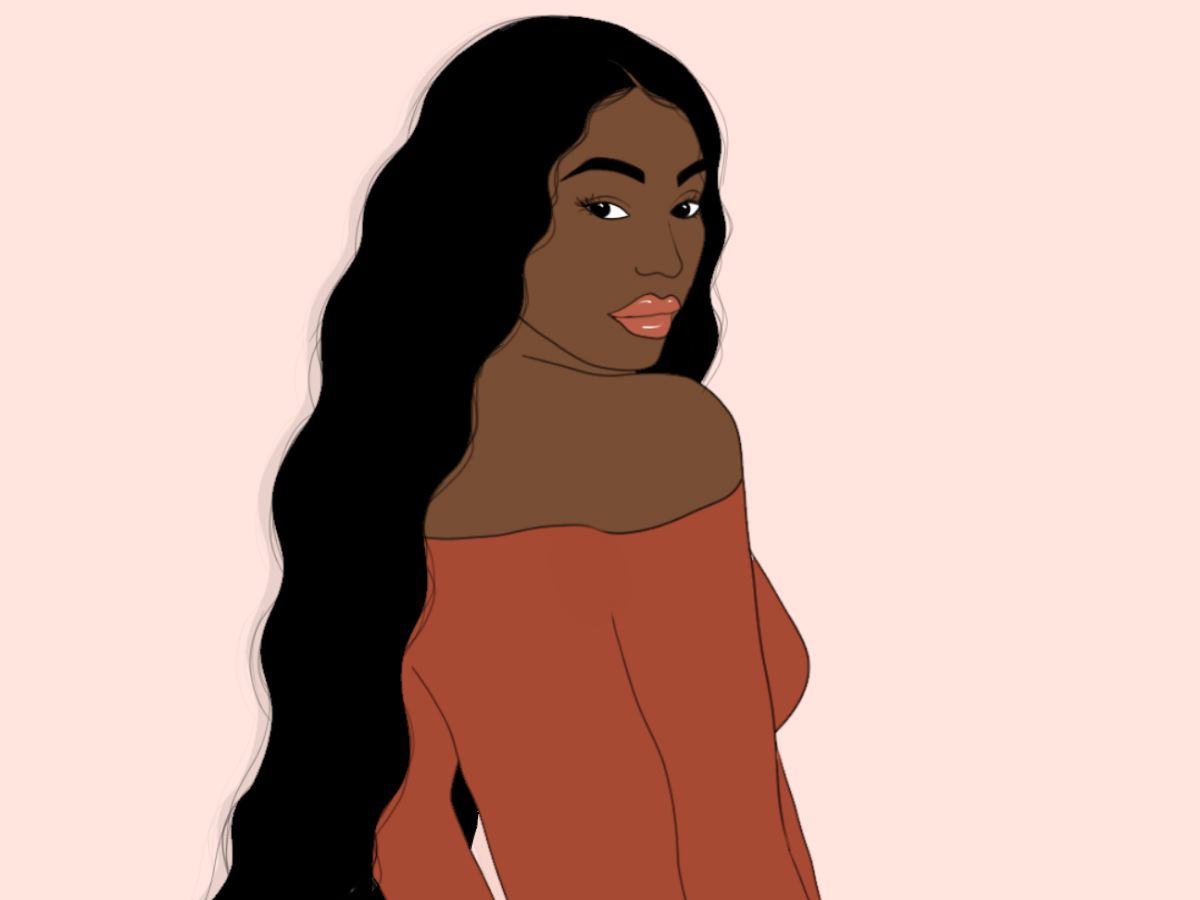‘Female vulnerability’. That’s the term that I subconsciously labelled as a negative term. A direct contradiction to what a boss lady should entail. Until I heard these words, “It’s okay not to be okay.”
Those were the words that a close friend said to me as I was at work struggling to keep it together one day. I had been okay that morning doing my due diligence, I was okay when answering the phone and handling customer complaints, I was okay handing food out to guests and wishing them a great day. Though, a bit later, my close friend asked me, “how are you doing?” and as I gave my best, “I’m doing good!”, she followed with, “Kendra…it’s okay not to be okay.”
Being a boss lady
The allure of being a ‘boss lady’ in society gives women and girls the power to be admired. Whether it’s young or older women, being defined as a boss lady is desirable. Google defines being a boss lady as “being a woman who gets life done, whether that be at work, at home, in an office, with their coworkers, family, friends, etc”. Society defines the term as someone who is consistently strong. A woman who can roll with the punches 24/7. However, can we argue that being a boss lady is also a woman who can show their vulnerable side just as much as they can show their strong side?
“It’s okay not to be okay.”
The unforeseen obstacle
When someone calls me a boss lady, the pressure of having to stay in a state of mind that would consistently qualify me for being such can become overwhelming. I must handle my mess effectively and fast, I need to get my everyday life routine done, I must always be progressing and making boss lady moves. I know I can’t be the only one who inherits this mindset. Being called a ‘boss lady’ is a compliment at times, but it can also be an unforeseen obstacle. This obstacle can prohibit women from finding the freedom that comes with being vulnerable. It prohibits the growth of female vulnerability.
“It’s okay not to be okay.”
Your strongest trait

Women need to hear that phrase more. The illusion that being strong every day through every single situation is just that, an illusion. A woman showing her vulnerability can leave the impression that she’s weak. Or she needs to handle her mess more effectively. Some would use ‘gender roles’ and go as far as to say that this woman is being “too emotional”. I would say that being vulnerable is a woman’s strongest trait. Female vulnerability is a woman’s dominant characteristic. A woman’s success can stem from the vulnerabilities women express daily.
“It’s okay not to be okay.”
Female vulnerability allows for…
I have learned that a woman’s vulnerability opens doors for freedom. When women are vulnerable, they unlatch bolted doors for themselves. Along with that, it also opens doors for other women. Seeing the vulnerable side of a woman can encourage others. It can give other ladies the confidence to talk about situations that they have never spoken about before. Ladies are empowered with the ability to speak up in situations where they have felt silenced. It can affect women and give them the courage to express what they have been holding onto for so long. It can give young girls insight and advice on circumstances that they will soon encounter.
“It’s okay not to be okay.”
You’re still a boss lady!
Ladies, your vulnerability does not translate to your weakness. It does not mean you are suddenly placing your emotions on your sleeve for everyone to judge. In fact, being vulnerable is not just for women, but for men and women. In my opinion, vulnerability qualifies to you being a boss. You are allowed to cry and still be a boss. You’re allowed to have horrible days and still be a boss. You’re allowed to handle a situation poorly, learn from it and still be a boss. Don’t let the term ‘boss’ eliminate you from showing vulnerability. It should not make you feel disqualified when expressing your ‘weak’ side, nor prevent you from showing that side.
“You don’t have to be tough every minute of every day. It is okay to let down your guard, actually, sometimes it is the best thing you can do.” Meredith Grey from Grey’s Anatomy
Find more feminism articles here >
Written by Kendra Anderson
Feature image illustrated by Francesca Mariama
Second image illustrated by Malayna Moorer

